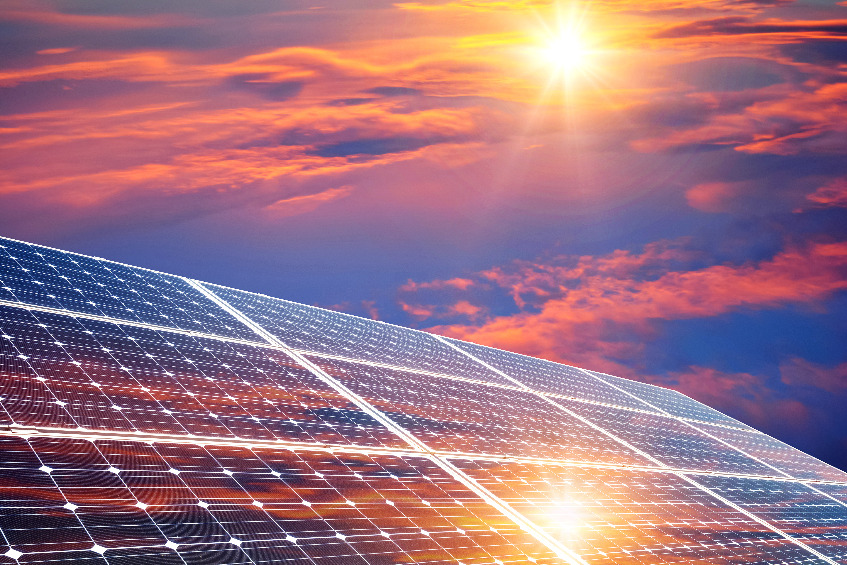By |February 2nd, 2023|Energy|133 Comments @ CFACT

Will the 11,000 residents of Pontiac, Illinois truly benefit from the proposed construction of a commercial solar farm that would thrust the city into the ranks of a renewable energy producer?
This question will be uppermost on the minds of people attending a Feb. 13 hearing before the City of Pontiac Planning and Zoning Board. The project’s developer, Bundleflower Solar LLC, is seeking favorable treatment from the board that will help move the solar farm from the drawing board to completion.
The future of the project hinges on the board’s granting three requests from the developer. First, Bundleflower Solar requests that the initial term of the Special Use Permit it seeks, which requires commencement of construction within one year of issuance of said permit, be extended to 36 months with the possibility of further extension if “good cause” is shown. Second, the developer is seeking a variance from the Pontiac Zoning Ordinance that would reduce the ordinance’s 1500-foot setback requirement for solar farms near Illinois Route 23 to 100 feet from the highway. Finally, Bundleflower Solar wants the board to rezone the parcel on which the project would be located from a “B-3 Business and Wholesale District to an A-1 Agricultural District.”
In petitioning the city to reduce the setback requirement for the solar panels from 1500 feet to 100 feet from Illinois State Route 23, and for extending the start of construction after issuance of the Special Use Permit from one year to three years – or longer, Bundleflower Solar is revealing that its project is on shakier ground than many may have assumed.
The Realities of Intermittent Solar Power
As currently projected, the project will consist of as many as 5,538 photovoltaic (PV) solar panels occupying 29 acres of a 48-acre parcel of land. According to the developer, once in operation, the project will supply approximately 300 to 400 homes with electricity. But this is not electricity that will be available 24/7. The 5,500 or so solar panels will not supply power at night, they will not supply power during rainy or cloudy days, and they will not supply power when covered with snow during northern Illinois’s cold winters. Just as wind turbines produce no electricity when the wind doesn’t blow (or blows to hard), solar arrays generate no power when it’s dark. Some other – more reliable – source of electricity will have to pick up the slack, which raises the question: Why bother with solar arrays in the first place?
The answer lies in the incentives governments lavish on providers of renewable energy. Under Illinois’s “Climate and Equity Jobs Act’ (CEJA), Bundleflower Solar would be constructing what is known as a “community solar project,” which will allow residential and commercial customers to subscribe to the electricity the solar farm produces. CEJA also stipulates that a developer – in this case, Bundleflower Solar – will not be able to move forward with construction of the solar farm until it receives approval for its application for Renewable Energy Credits for the project, and until weather and ground conditions are favorable for the project.
It is doubtful that Bundleflower Solar would even pursue the project in Pontiac (or anyplace else) without the prospect of Energy Tax Credits under state law, as well as the federal subsidy for solar developers, known as the Investment Tax Credit (ITC).
Yet, despite its potential eligibility for generous state and federal subsidies, Bundleflower Solar still seeks an extension of its Special Use Permit to begin construction for 36 months or more. The company’s action strongly suggests that it fears the project may have difficulty getting off the ground. In fact, despite lavish tax credits and a favorable investment climate, construction of grid-scale solar and wind projects has plummeted across the U.S. Citing data from the Solar Energy Industries Association and the research firm Wood Mackenzie, the Wall Street Journal (Jan. 23) reported that new utility-scale solar installations fell 40 percent in 2022 compared with 2021. Reasons for the delays include supply-chain bottlenecks, long waits in connecting to the grid, and – increasingly – resistance by residents to having these land-intensive projects built in their communities.
Not a Good Deal for Pontiac
In the case of the proposed solar farm in Pontiac, the developer has made it clear in papers filed with the city that without a ten-fold reduction in the variance separating the solar panels from Route 23, the project will not go forward. At this point, it is not clear what the Pontiac Planning and Zoning Board and the city’s residents are getting themselves into. They are being asked to green light a project that may never be built, or will be built only after years of delays – all to produce electricity that will only be available on an intermittent basis, while the developer lines its pockets with taxpayer subsidies.
This article originally appeared at Real Clear Energy

No comments:
Post a Comment